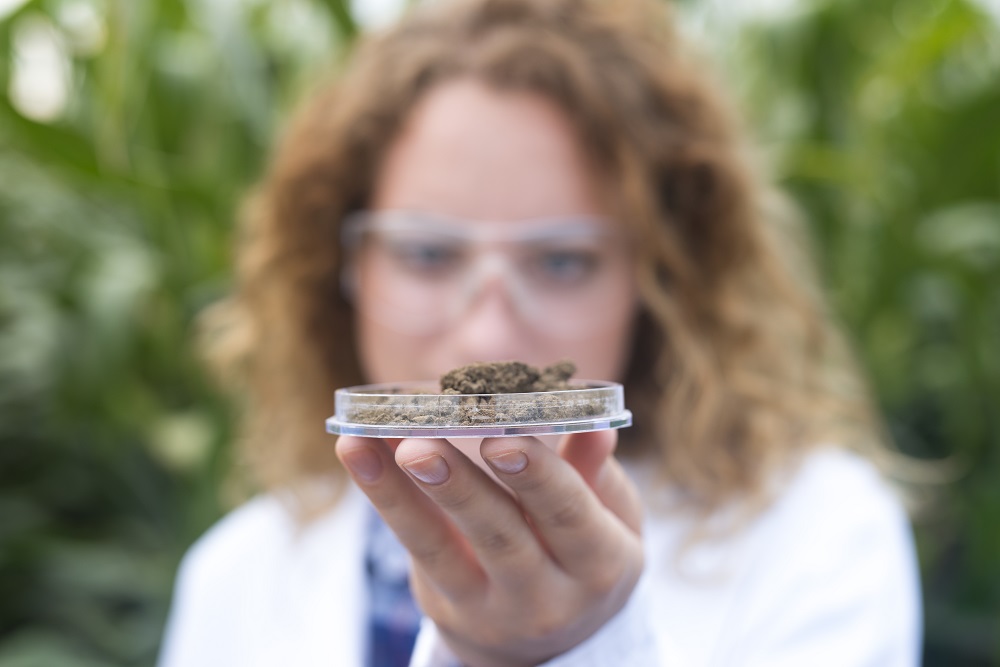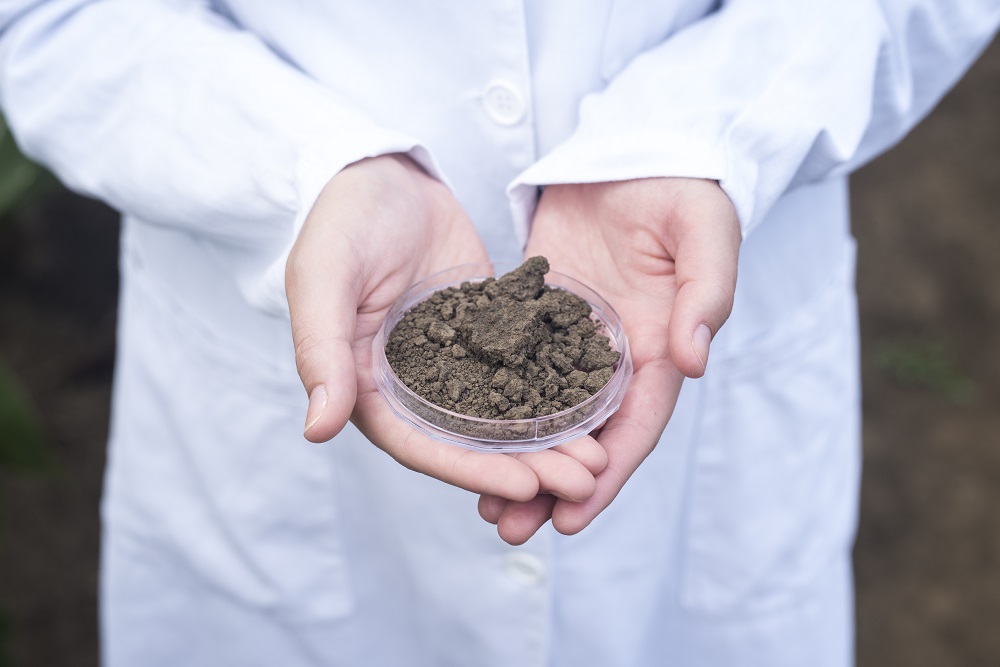
Welcome, green thumbs and eco-enthusiasts! Today, we are digging deep, literally and figuratively, to understand an unsung hero of sustainable farming - soil testing. What exactly is soil testing, and why has it been on the horticulture radar lately? How is it applied, and what implications does it have for sustainable agriculture? These are the questions we endeavor to answer.
Soil testing, at its core, is the examination of soil composition to assess nutrient levels and other vital characteristics influencing plant growth. It's the agricultural world's version of blood tests, providing crucial health insights but for the ground beneath our feet. Soil testing has been on the rise as sustainable farming garners attention in the face of climate change and growing populations.
By comprehending the role soil testing plays, we can harness its potential, boost crop yield and quality, and ultimately contribute to the global sustainability dialogue.
Why Soil Testing
Before delving further, let's clarify as to why soil testing is integral to sustainable agriculture. Soil is the backbone of agriculture, hosting myriad macro and micronutrients imperative to plant health. However, the nutrient balance can suffer from imbalances due to various natural and anthropogenic factors, paving the way for soil testing.
Besides, soil testing facilitates more precise fertilizer application, preventing the excessive usage that contributes to harmful agriculture run-off. This translates to cost savings for farmers and less environmental degradation. Lastly, soil testing allows us to understand the pH and salinity of the soil, crucial parameters in the world of farming.
The What & How Of Soil Testing
Knowing the significance of soil testing, what exactly do these tests constitute, and how are they carried out? Soil testing involves evaluating various aspects of the soil, including nutrient content, pH, salt levels, and organic matter. To do this, samples are collected from different depths and parts of a farm, creating a comprehensive soil profile.
These samples undergo laboratory analysis where different methods are used to measure soil attributes, such as spectrometry for nutrient content or litmus paper for pH. With accurate results, farmers can devise precise fertilization and crop rotation plans, optimizing resources while bolstering harvest quantity and quality.

Soil Testing And Crop Health
The interface between soil testing and crop health is a powerful one. Healthy soil breeds healthy crops, and soil testing is the facilitator for monitoring and maintaining soil health. It helps diagnose the cause for poor growth or disease in plants, keeps nutrient imbalances in check, and acts as a preventive measure for potential crop failures.
Moreover, soil tests can predict growth response, providing farmers with insights into whether certain crops will thrive in their soil or not. Thus, soil testing helps safeguard crop health, translating into productive yields and sustainable farming.
Economic Implications Of Soil Testing
Beyond environmental sustainability, soil testing has profound economic implications. With soil test information, farmers can optimize fertilizer application, conserving their money and the environment. By determining soil fertility status, farmers can adapt their crop management practices, enhancing productivity, and crop value, directly bolstering their economic resilience.
Furthermore, soil testing prevents potential losses by identifying soil issues early, enabling remedial measures. Thus, soil testing offers economic stability, thereby driving sustainable agriculture development.

Challenges In Soil Testing
Despite its many benefits, several hurdles hinder widespread soil testing adoption. These include technicalities involved in soil sampling and laboratory procedures, costs of testing, and interpretation of results. Without scientific expertise and sufficient economic resources, soil testing can be daunting for small-scale farmers.
Moreover, the lag between soil testing and witnessing tangible results might deter farmers. Overcoming these challenges demands concerted efforts from agriculture stakeholders, including the development of affordable and user-friendly soil testing methods.
Conclusion
As we close this exploration of soil testing and sustainable agriculture, it's clear: soil testing is an indispensable tool in the arsenal of sustainable farming. From nutrient management to enhancing farmer livelihoods, soil testing's role is multifaceted and profound.
While challenges persist, they are not insurmountable. Global trends towards sustainability and technology use in agriculture bring optimism for soil testing's future. Unearthing its importance was enlightening. Now, let's utilize this understanding, for the root of the matter lies in the quality of our soils that form the foundation of our tomorrow.











No comments:
Post a Comment